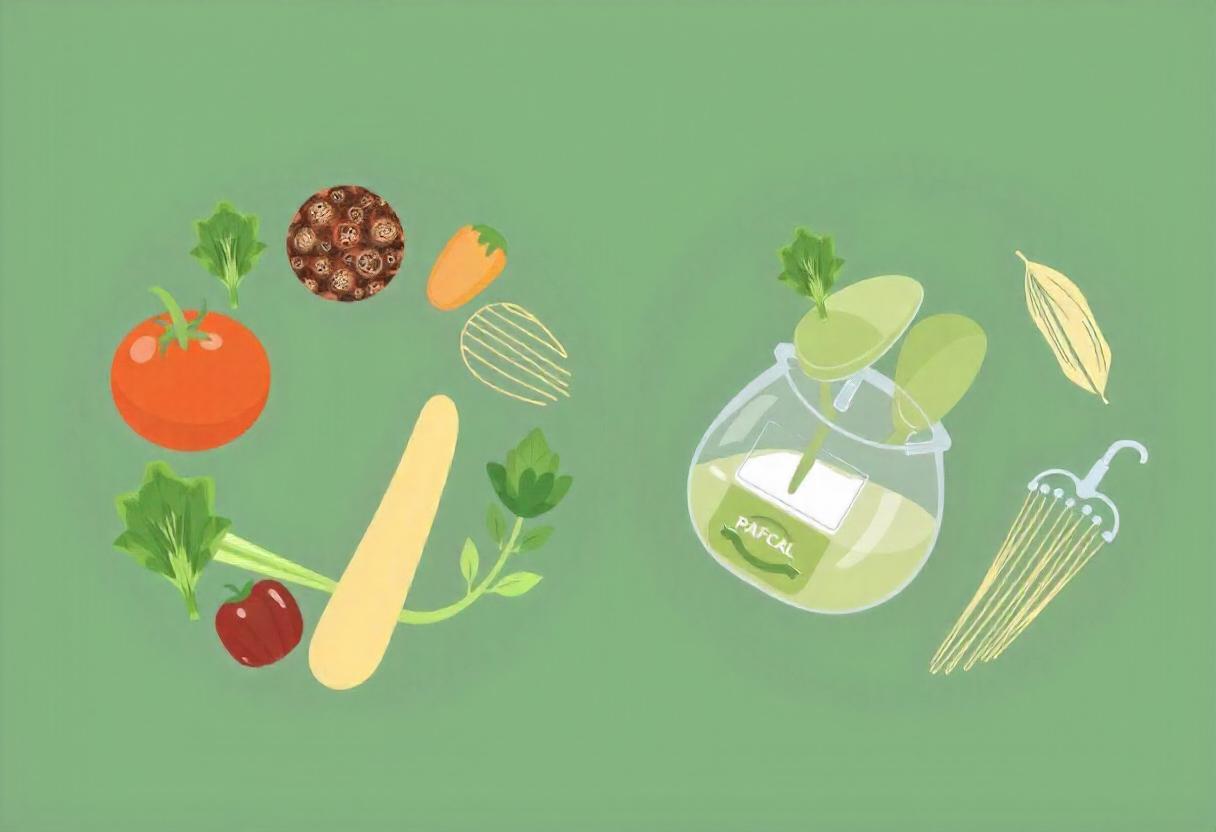
Food safety and agricultural hygiene are crucial aspects of modern agriculture, impacting public health, environmental sustainability, and the overall quality of food products. Ensuring that food is safe from farm to table requires a thorough understanding of hygiene practices and safety protocols throughout the agricultural process.
The Importance of Food Safety
Food safety involves the proper handling, preparation, and storage of food to prevent contamination and foodborne illnesses. Adhering to food safety standards is essential for protecting consumer health and maintaining trust in food systems.
Key Practices for Ensuring Food Safety
Proper Handling and Storage
Proper handling and storage of food are fundamental to preventing contamination. This includes maintaining appropriate temperatures, avoiding cross-contamination, and following strict cleanliness protocols in food preparation areas.
Personal Hygiene
Personal hygiene of those involved in food production is vital. Regular hand washing, using clean clothing and equipment, and avoiding touching face or hair during food handling are essential practices to reduce the risk of contamination.
Regular Monitoring and Inspection
Regular monitoring and inspection of food production processes help identify potential hazards early. Implementing routine checks and using food safety management systems can mitigate risks associated with foodborne pathogens.
Agricultural Hygiene Practices
Agricultural hygiene refers to the practices employed to maintain cleanliness and prevent the spread of diseases in crops and livestock. Effective agricultural hygiene helps ensure that food products are safe and high-quality.
Soil and Water Management
Proper Soil Management
Proper soil management practices, including crop rotation, the use of organic fertilizers, and avoiding overuse of chemicals, contribute to maintaining soil health and preventing contamination of crops.
Safe Water Use
Ensuring that water used for irrigation and livestock is clean and free from contaminants is crucial. Regular testing and treatment of water sources help prevent the spread of waterborne pathogens.
Livestock Hygiene
Clean Housing and Facilities
Maintaining clean housing and facilities for livestock helps prevent the spread of diseases. Regular cleaning and disinfection of animal enclosures, equipment, and feed storage areas are essential.
Health Monitoring
Regular health monitoring and veterinary care for livestock can help detect and manage diseases early. Implementing vaccination programs and maintaining proper records are key components of effective livestock hygiene.
Crop Protection and Disease Management
Pest and Disease Control
Managing pests and diseases through integrated pest management (IPM) strategies helps protect crops while minimizing the use of harmful chemicals. Regular monitoring, biological control methods, and appropriate pesticide use are part of effective crop protection.
Hygiene During Harvesting
Maintaining hygiene during harvesting, such as using clean tools and equipment and ensuring that harvested produce is handled and stored properly, is essential to prevent contamination.
Training and Education
Training and education for farm workers on food safety and agricultural hygiene practices are critical. Providing ongoing education helps ensure that all personnel are aware of and adhere to best practices for maintaining food safety and hygiene.